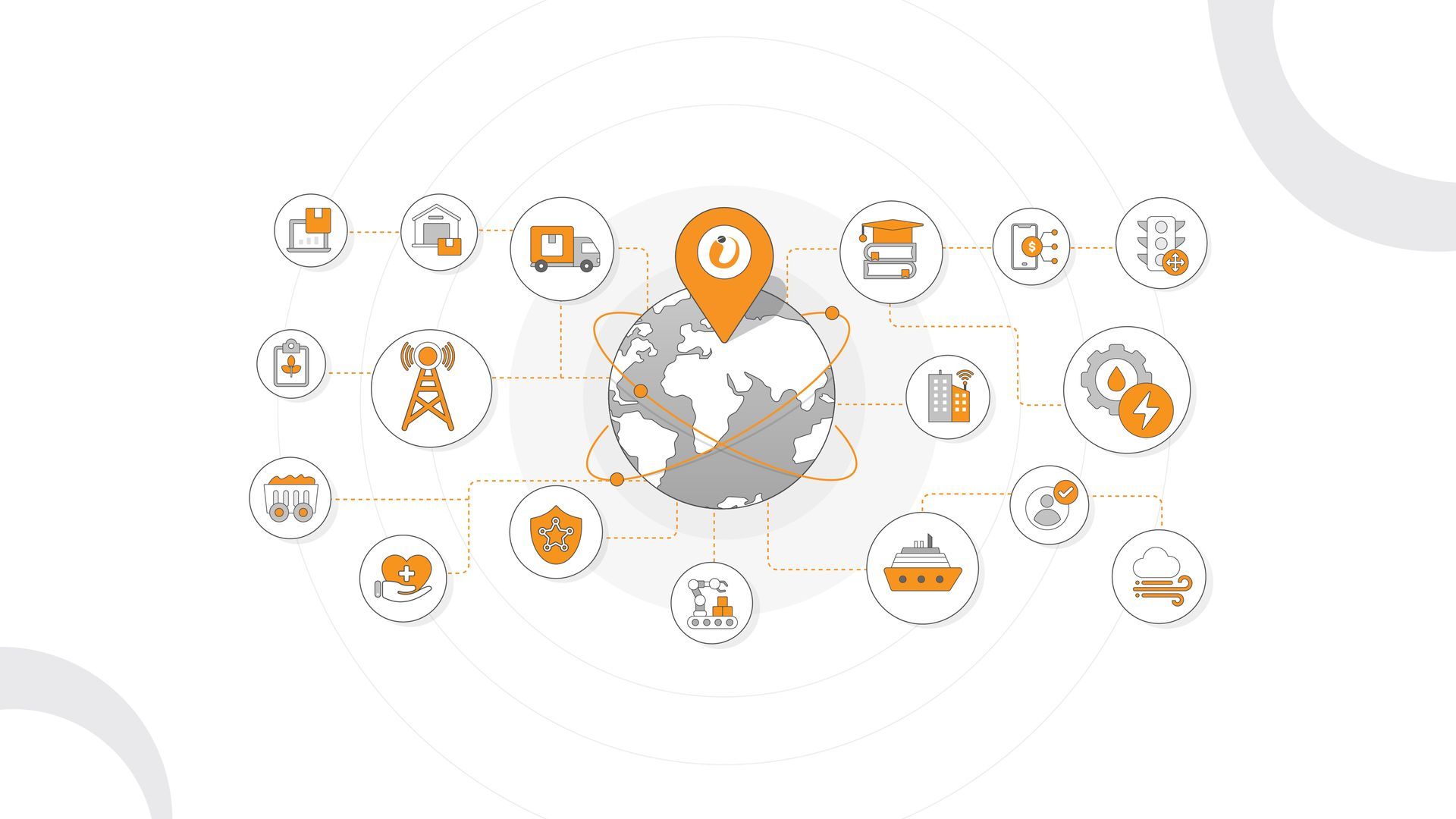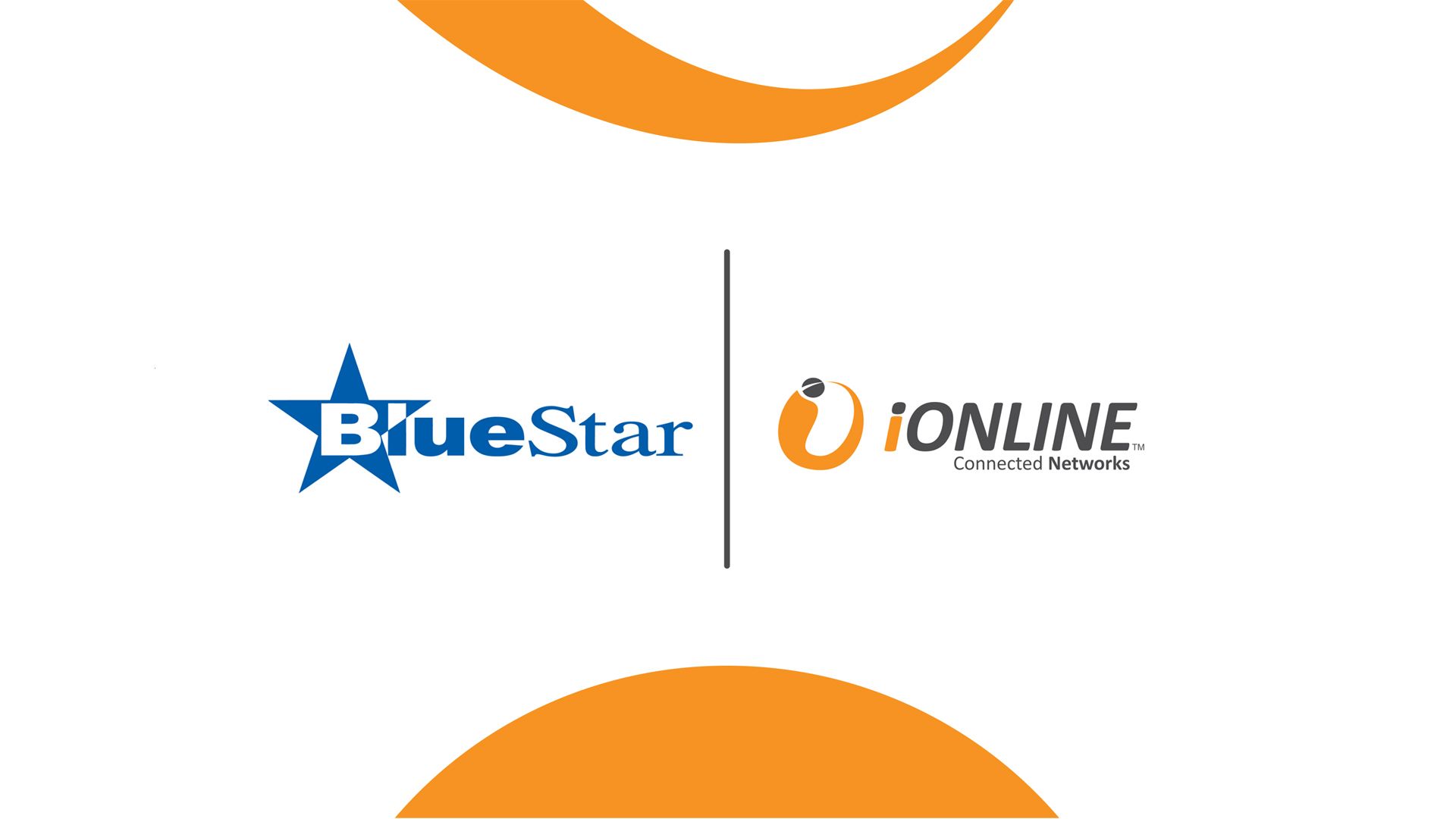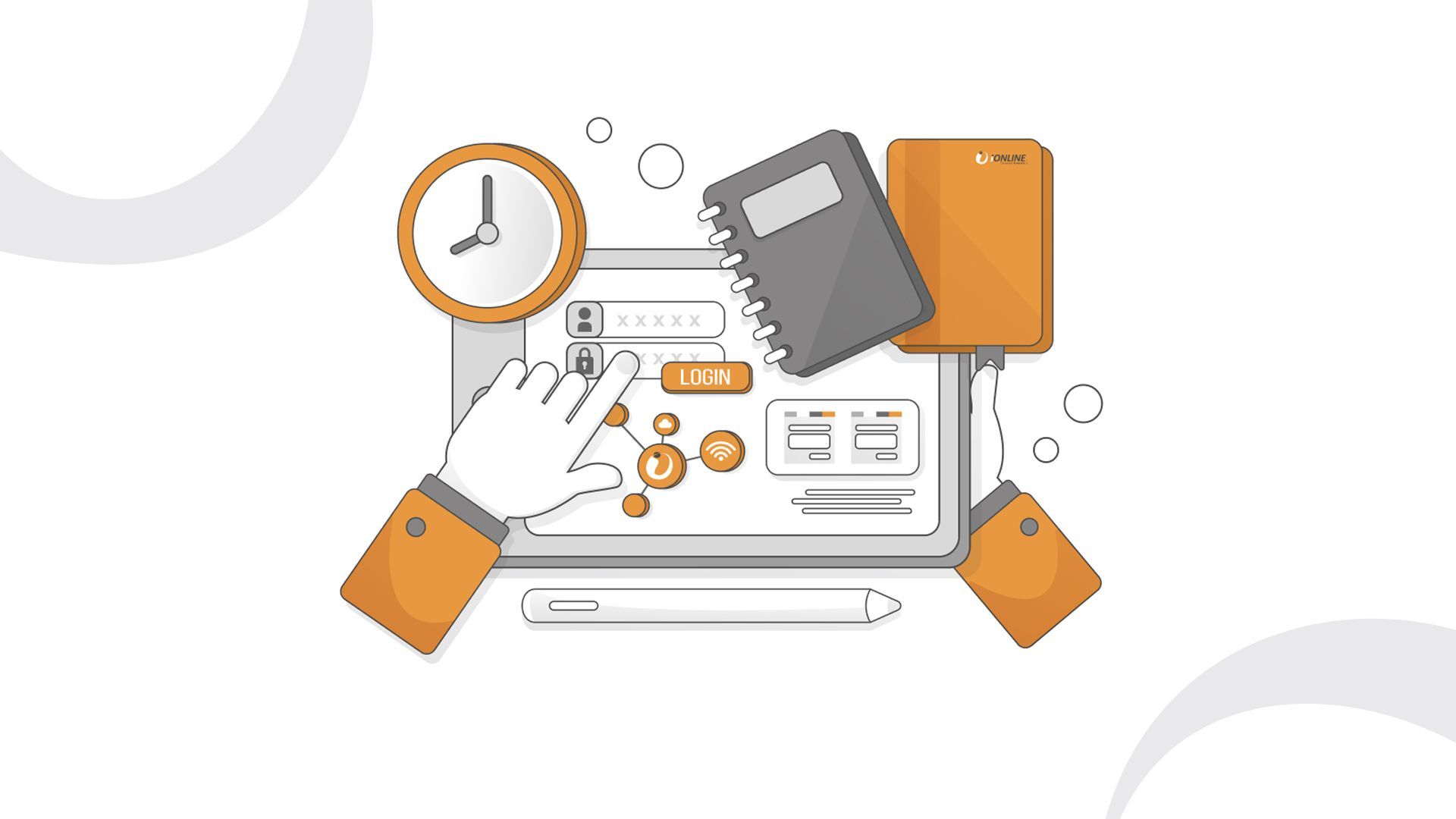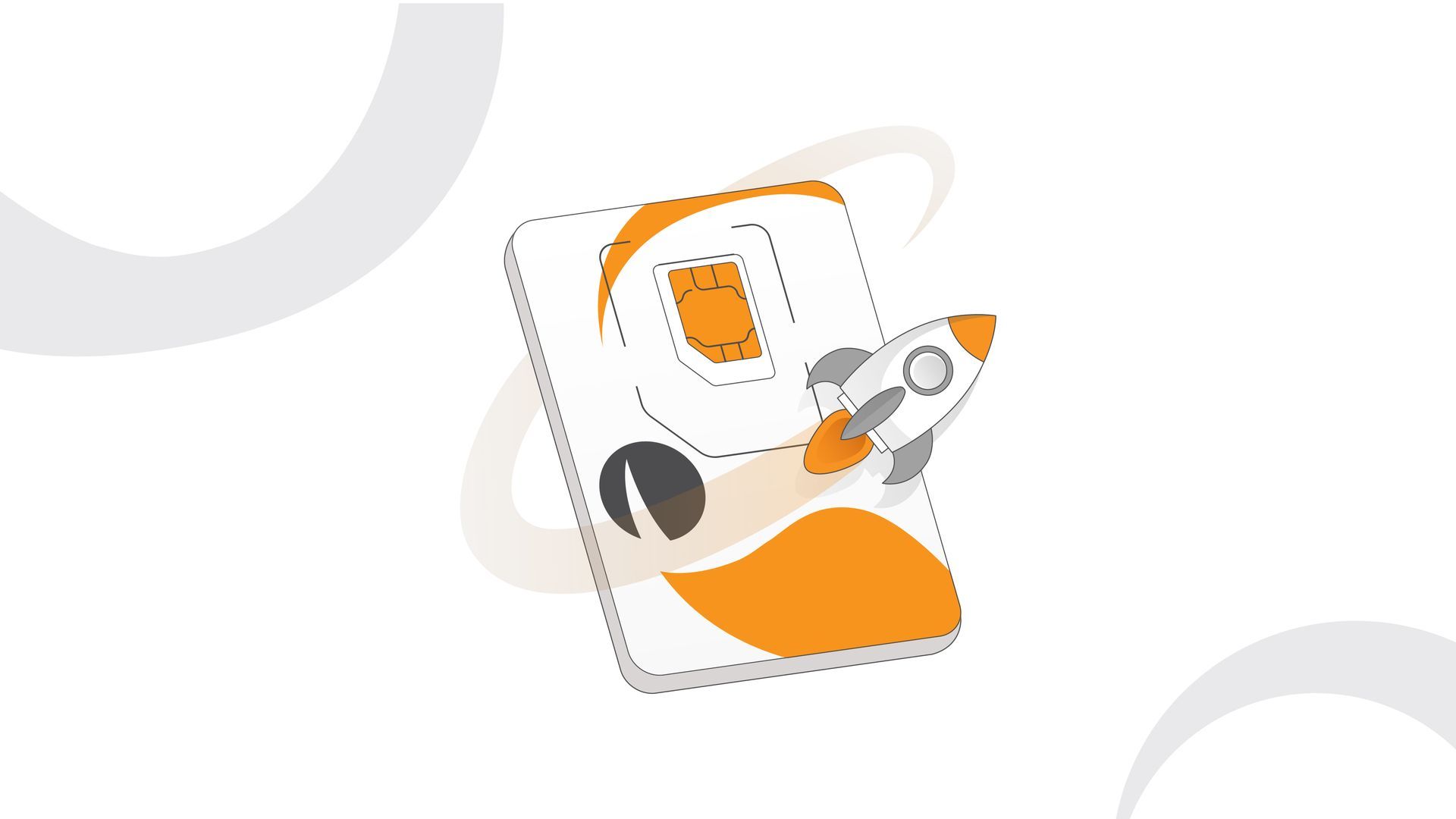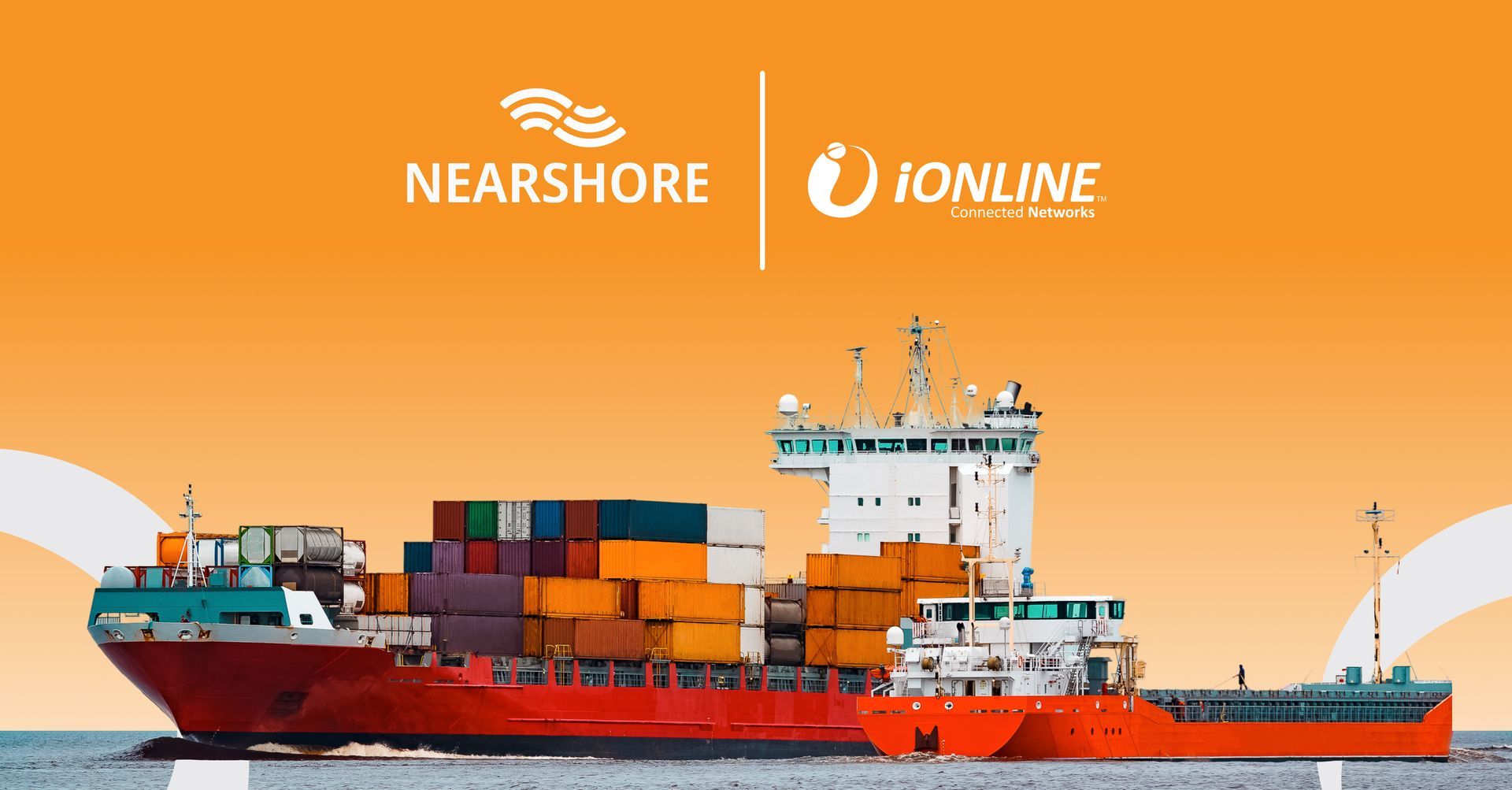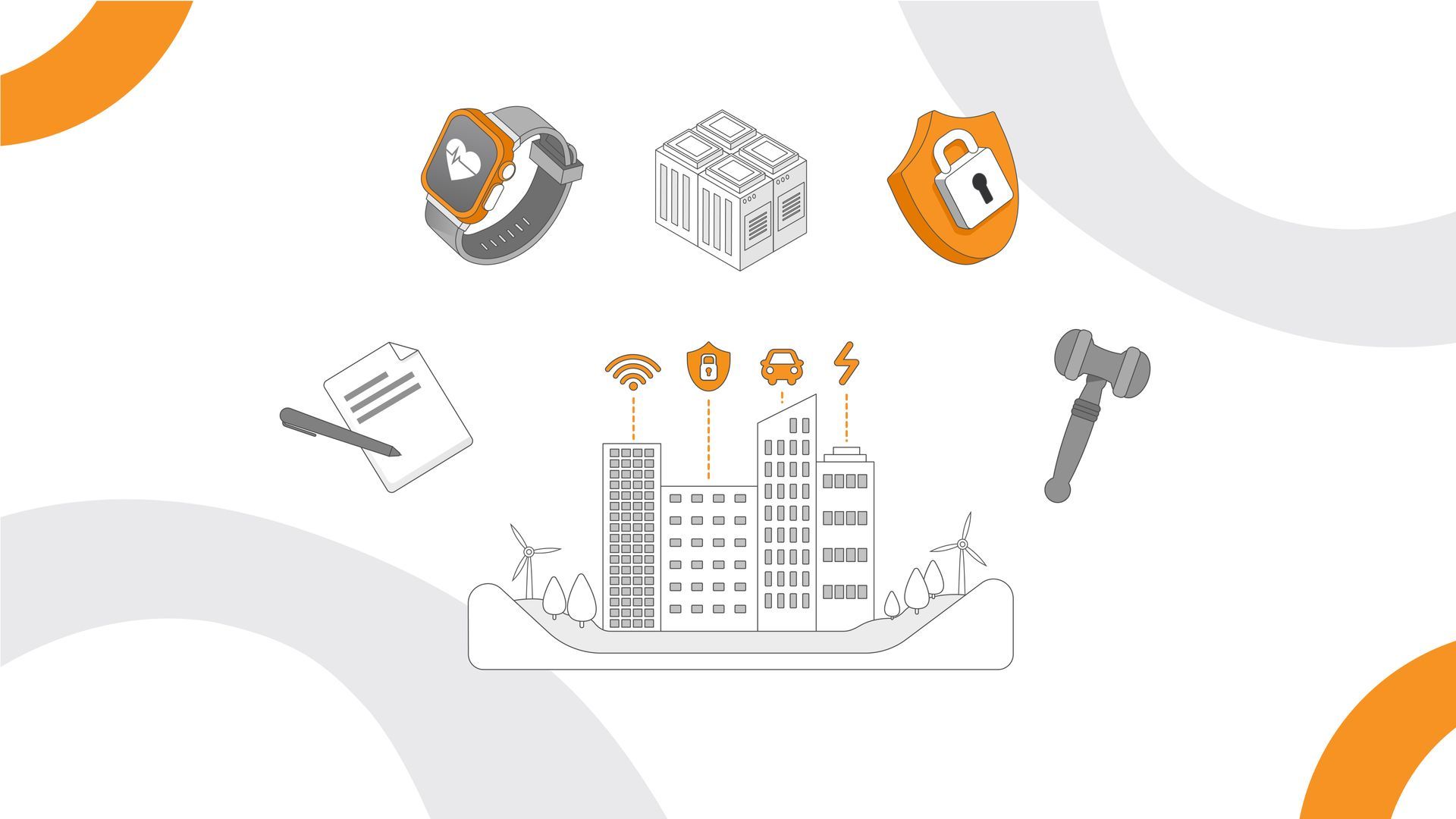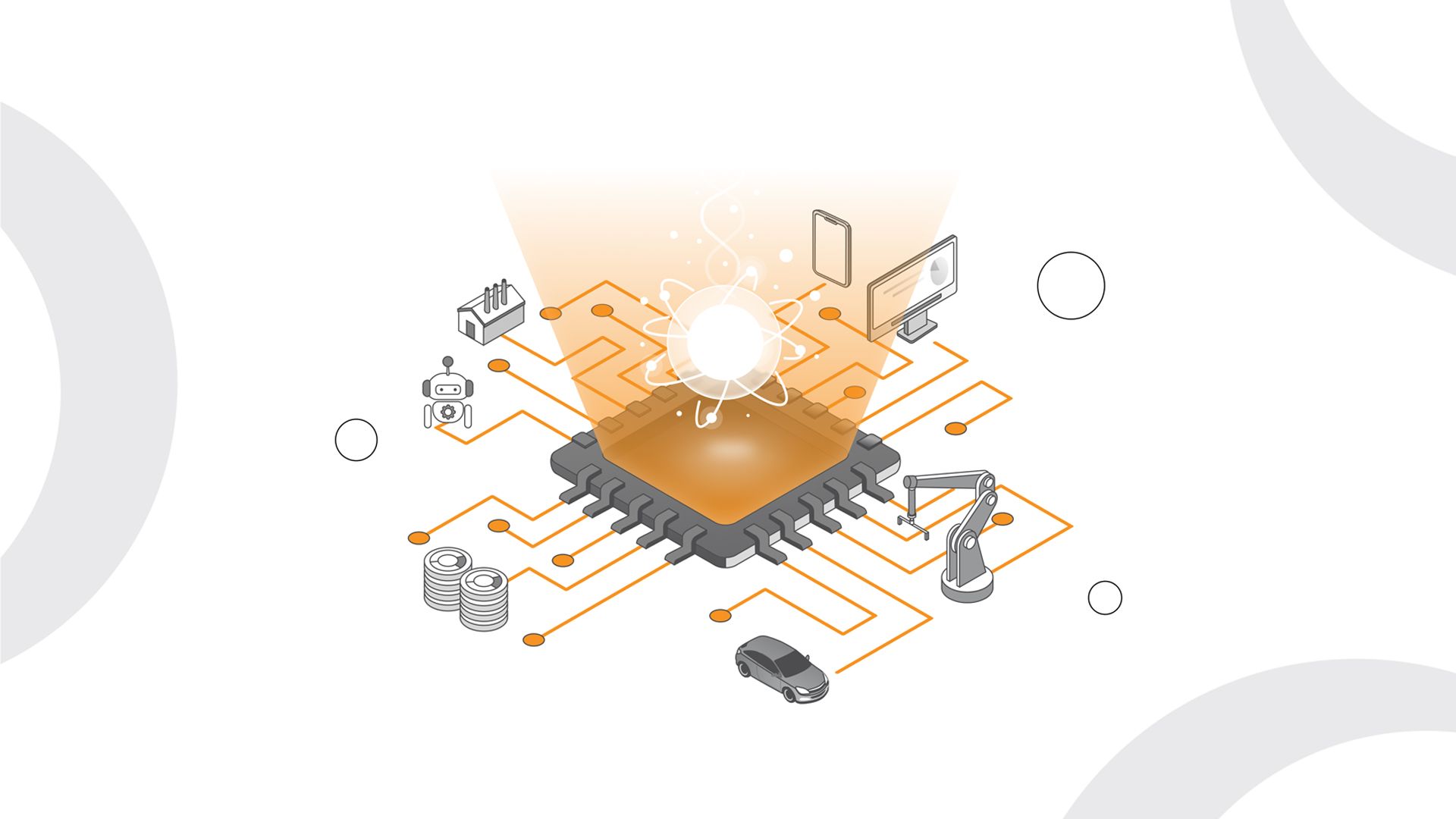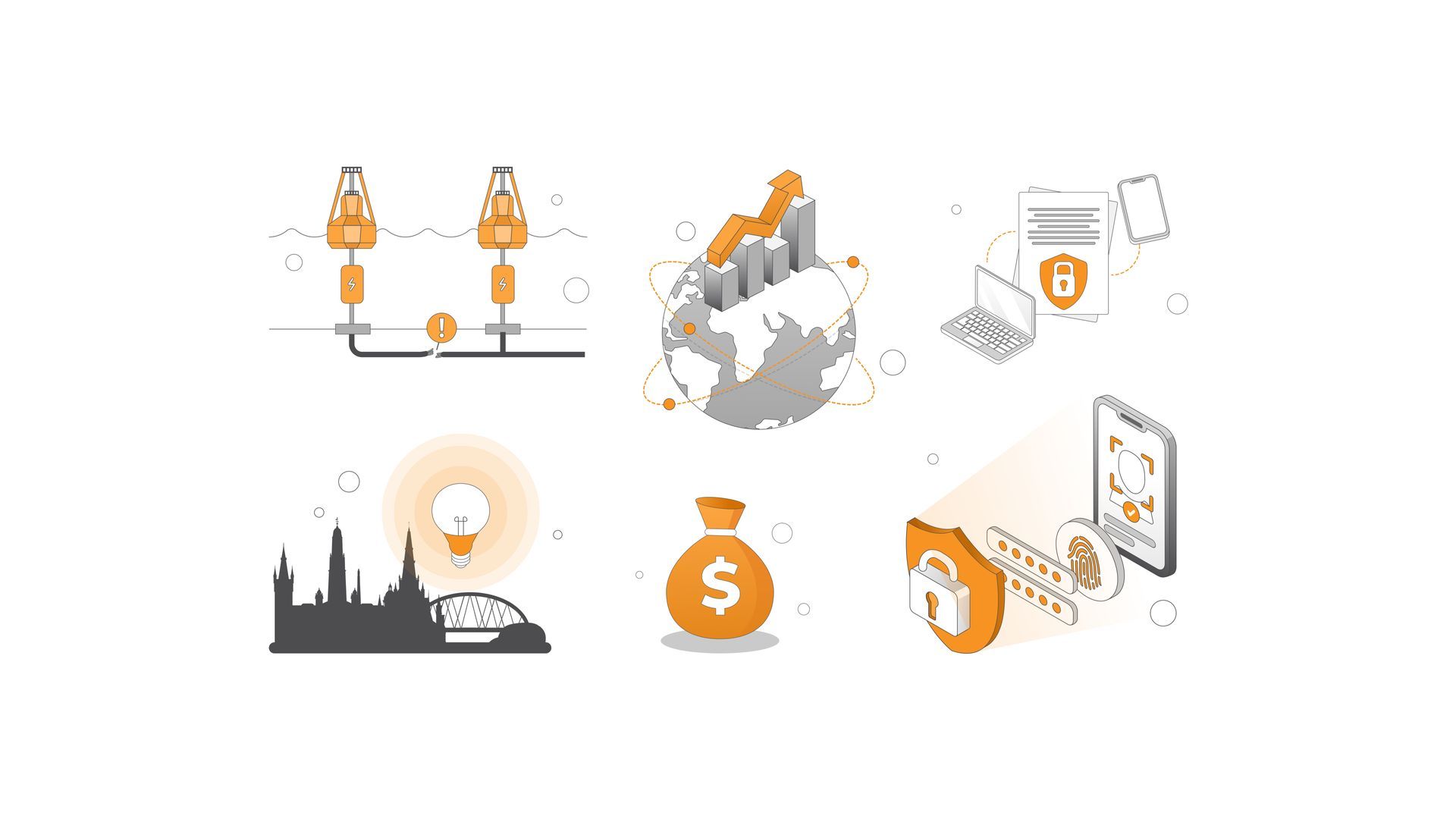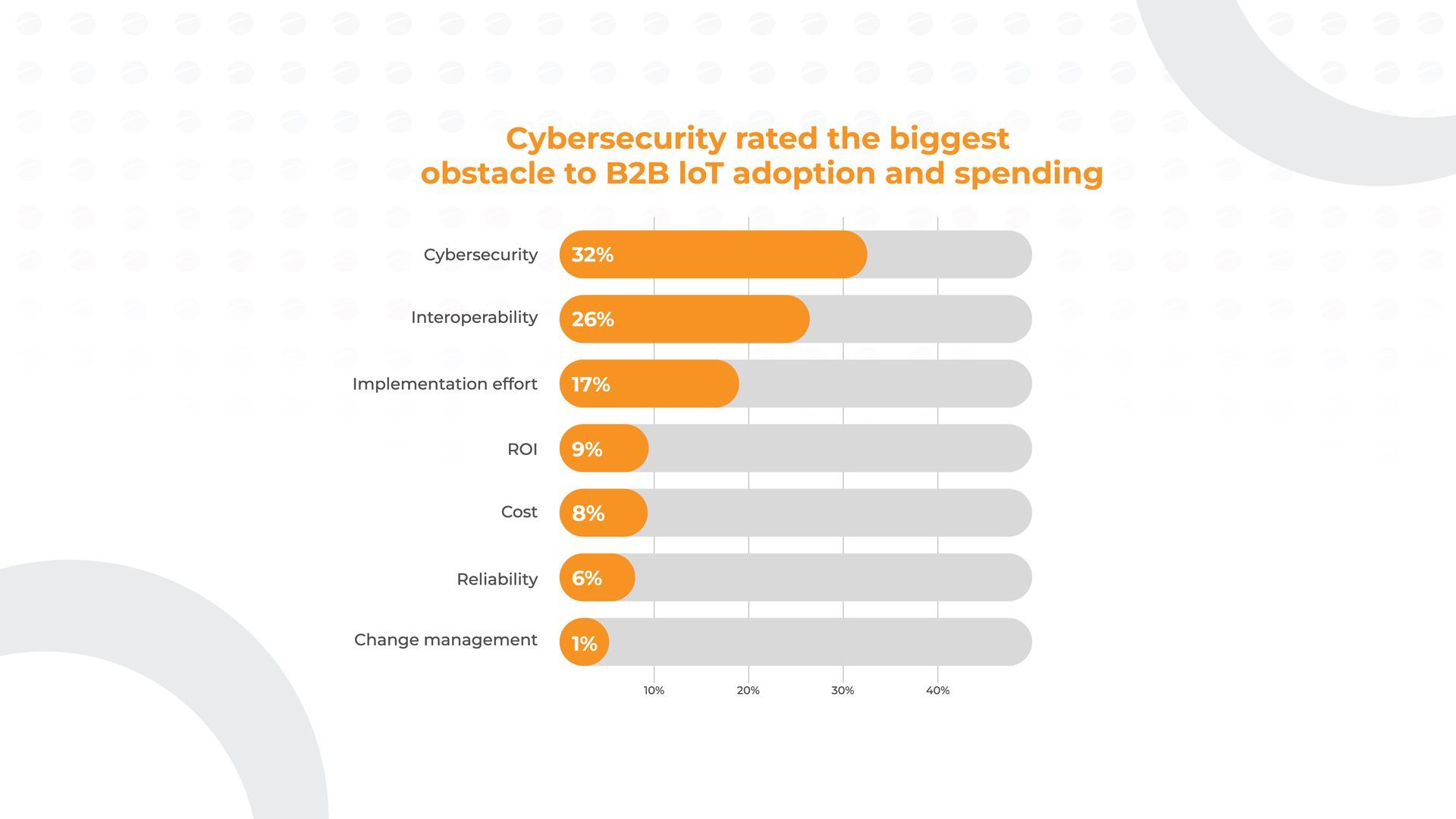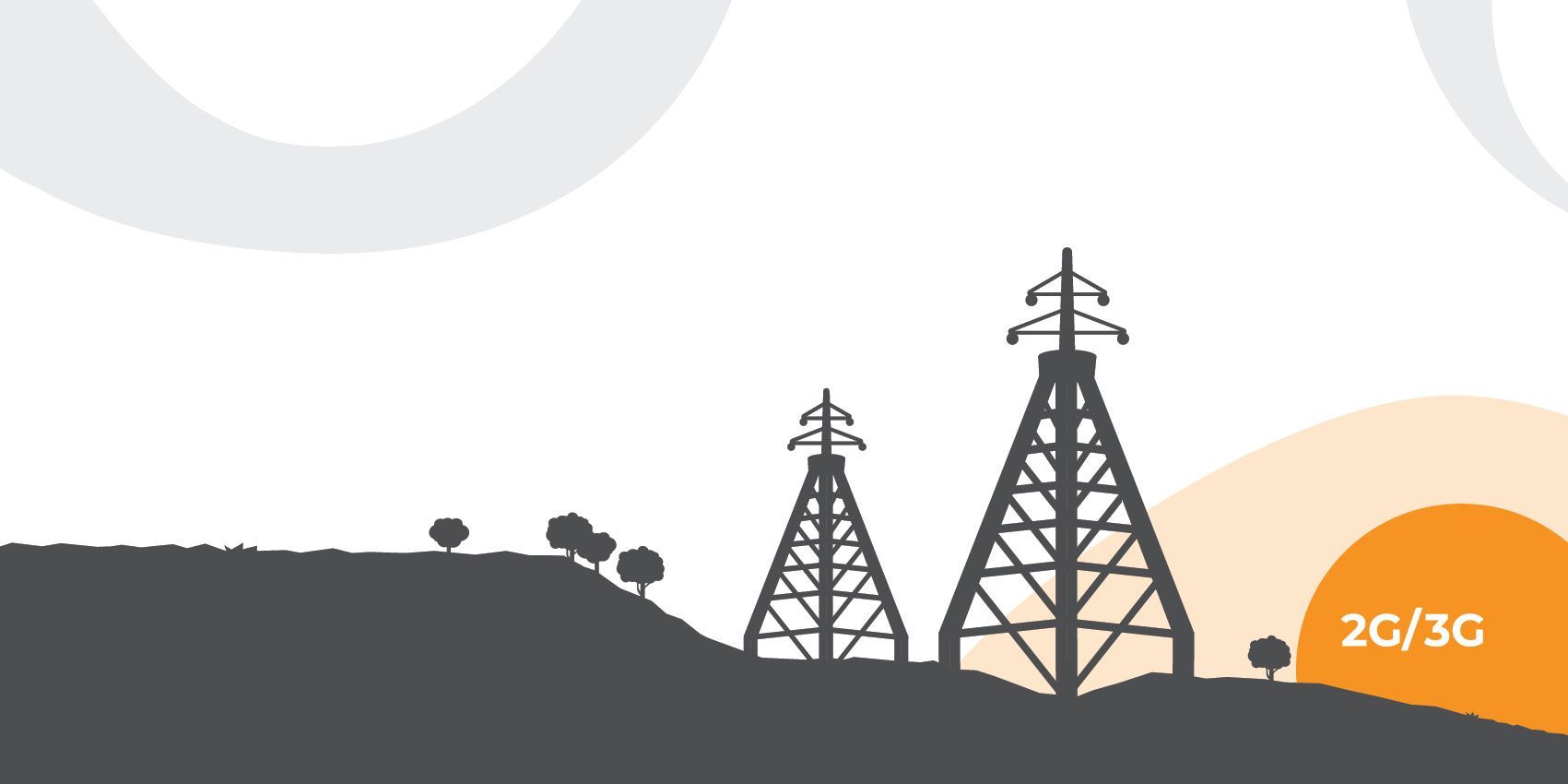5 smart city IoT applications to watch
Tech with the potential for positive impact.
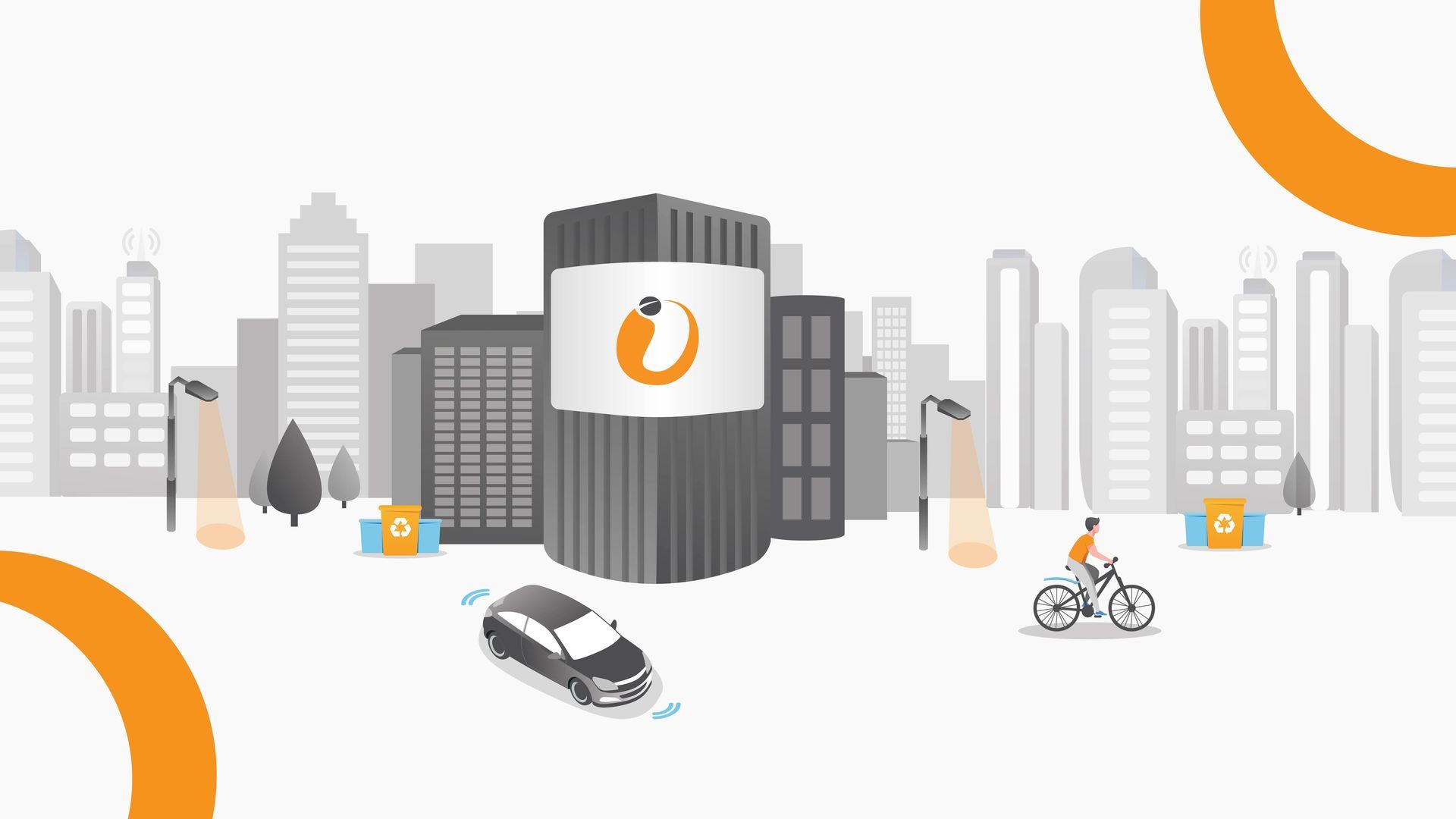
Cities the world over are embracing smarter, more connected systems, to remarkable effect. Five smart city IoT applications in particular show great promise, and are helping cities to use their resources more efficiently. They are street lighting, parking, mobility services, digital signage, and waste management.
The use of new technologies in these verticals is enabling simpler and better coordinated city management – a change from the siloed approach previously adopted. When fully integrated, these innovations also help to enable scale, and encourage interoperability of vendors and solutions, not to mention solving a variety of unique challenges.
Here’s a look at each vertical.
Smart street lighting
Smart street lighting is revolutionising urban infrastructure while lowering costs. Unlike conventional static systems, smart solutions are able to adjust lighting based on actual needs. Smart solutions offer significant energy savings too. Historically accounting for as much as 40% of cities' electricity usage, street lighting presents a huge opportunity for cost reduction. LED lamps can cut electricity consumption by 50%, with an additional 30% savings through optimised scheduling and remote control.
Smart street lighting also serves as a platform for various other smart applications. For example, street poles are a versatile foundation for smart city devices including Wi-Fi hotspots, surveillance cameras, environmental sensors, and EV charging stations.
With an addressable market of over 350 million streetlights worldwide, smart street lighting has become the most widely adopted smart-city application.
Smart parking
Smart parking systems alleviate congestion and improve the overall efficiency of urban transportation networks, making them an increasingly vital component of smart city initiatives worldwide.
Advanced wireless sensor technology is being used to address urban parking challenges, for example, with systems directing drivers to available spaces in real-time, with easier payment and kerbside management readily available. The focus is on both indoor and outdoor parking, with ground parking sensors dominating the outdoor segment.
Indeed, the industry is poised for huge growth, as many metropoles transition from pilot projects to city-wide deployments. Europe leads in adoption, followed by North America, with large-scale implementations also emerging in the Middle East and Southeast Asia.
Shared mobility services
The sharing economy and efforts to reduce congestion are major driving forces behind the growing popularity of alternative urban mobility services. Shared micromobility options like bike and scooter sharing have seen significant growth over recent years. There was an estimated global fleet of 27 million vehicles at the end of 2023, according to Kore and Berg Insight.
Read our ride-sharing use case: https://www.ionlinesp.com/use-cases/ride-sharing-iot
Reliable connectivity is crucial for ridesharing services, enabling users to easily locate, unlock, and pay for vehicles. It also provides valuable data for city planners and operators, helping to improve traffic management, infrastructure planning and fleet distribution.
As cities implement traffic reduction policies, shared mobility services will play an increasingly important role in creating more sustainable and efficient urban transportation ecosystems.
Connected, digital signage
Digital signage has become an integral part of the urban landscape. From advertising and wayfinding to public transportation schedules and emergency notifications, the use cases for digital signage are plentiful.
Together with other smart city technologies, digital signage acts as a bridge between the physical and digital space, enabling both the easy delivery of information to customers and the gathering of market data in return. This provides valuable insight into behaviours and trends.
In smart cities, digital signage is helping to drive customer engagement and boost local business revenues. The retail media sector in particular is enjoying rapid growth, with the US market alone projected to reach $100 billion by 2026, according to Kore and Berg Insight.
Smart waste management
The implementation of IoT technologies on the traditionally inefficient waste collection industry has shown great success to date. Initially overlooked by many city infrastructure planners, smart waste sensor solutions have since been recognised as integral to future smart urban environments.
Smart waste systems comprise connected fill-level sensors, for example, and employ integrated waste management software to optimise collection services using real-time data. Both municipal and private waste management companies are increasingly adopting these solutions to measure, manage and track waste and emissions.
Read our smart cities use case: https://www.ionlinesp.com/use-cases/smart-cities-iot
Recent years have seen encouraging growth in municipal and city-wide deployments, with some cities implementing over 10,000 waste sensors. Europe currently dominates the market, with over 560,000 sensors and smart bins deployed by the end of 2023. North America trails closely, with over 470,000 fill-level sensors implemented across the country.
The crucial role of connectivity in smart cities
Underpinning the success of all smart city applications, regardless of vertical, is reliable and secure connectivity.
Robust connectivity is the critical foundation that enables real-time data transmission, remote monitoring and seamless communication between devices, sensors and central management systems. It facilitates the integration of different smart city services, allowing for a more holistic and efficient approach to urban management. Without it, smart city initiatives would be unable to collect, analyse or act on the vast amounts of data generated by various urban systems.
And thus, as cities continue to evolve and embrace digital transformation, so the importance of IoT connectivity becomes ever more crucial.

